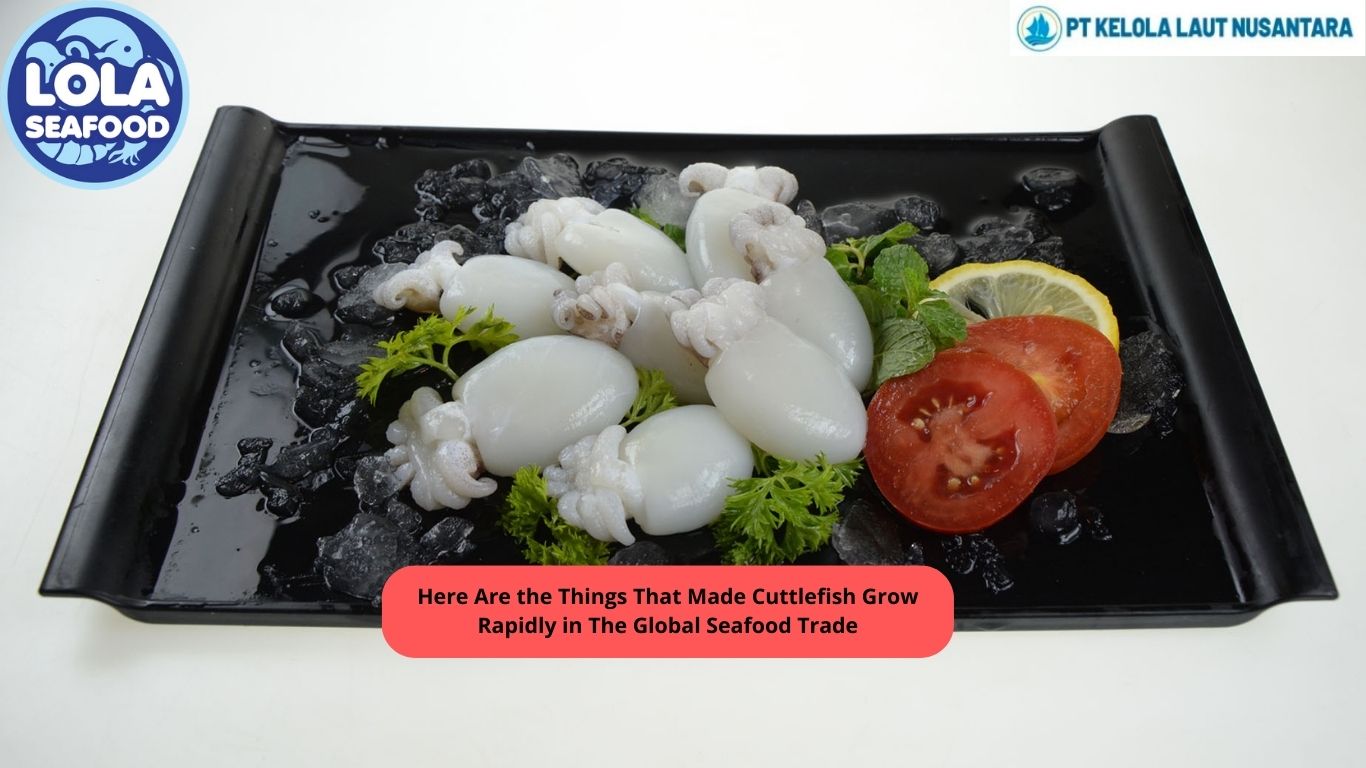Orange-spotted Grouper (Epinephelus coioides)
By. Najih - 07 May 2024.jpg)
The orange-spotted grouper (Epinephelus coioides) is one of the most important commercially exploited fish species in Indonesia (from 1 to 100 m depth). Head and body pale mottled brown with many small orange–brown spots, most fins similarly spotted, body with 5 faint oblique dark bars.
Inhabit turbid coastal reefs and are often found in brackish water over mud and rubble. Juveniles are common in shallow waters of estuaries over sand, mud and gravel and among mangroves. Feed on small fishes, shrimps, and crabs. Probably spawn during restricted periods and form aggregations when doing so. Females mature at 25 to 30 cm (2 to 3 years old), and sexual transition occurs at 55 to 75 cm. Eggs and early larvae are probably pelagic. Has been tested in several countries as a potential species for mariculture. Caught with hook-and-line, traps, trawls, and lift nets.
Like grouper in general, the taste of orange-spotted Grouper is as it is such a mild, meaty and sweet fish. Grouper are large fish with a good deal of flesh on their bones. This results in a significant supply of readily available, consumable meat. While filleting a grouper is quite simple, there are a few additional procedures to maximize the value of your catch. Anyone with some essential experience cleaning fish should have no difficulty here. Begin by cutting directly across the fillet, just like you would with any other big fish. Then, turn your knife and cut as closest as possible to the bones, keeping your knife slightly angled downward as you go. After obtaining your fillet, proceed to the ribbed flesh. Because grouper ribs are prominent, this method is relatively straightforward. Insert your knife or boning shears between the difficult-to-reach places.
.jpg)
 (1).png)


.jpg)
.jpg)
.jpg)

 (3).png)